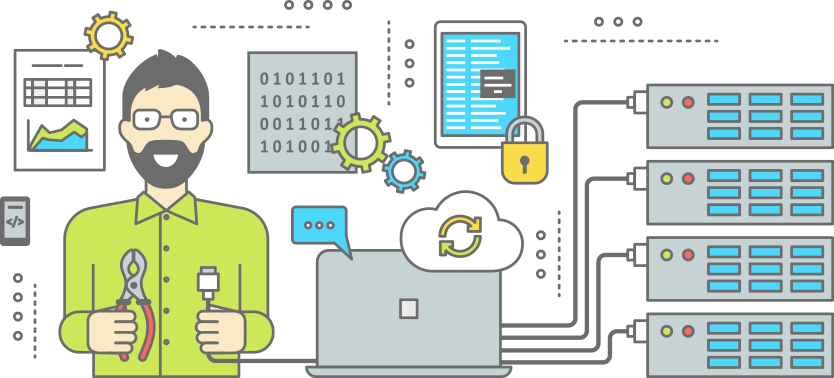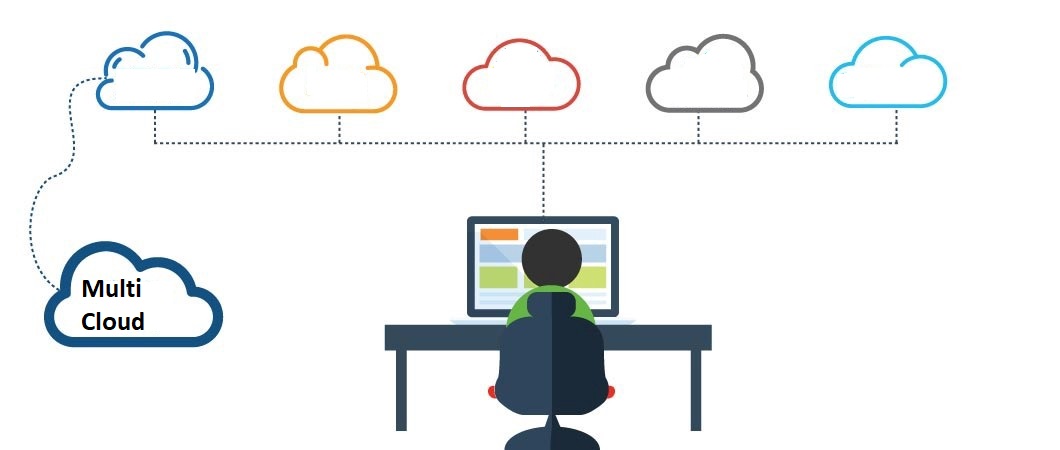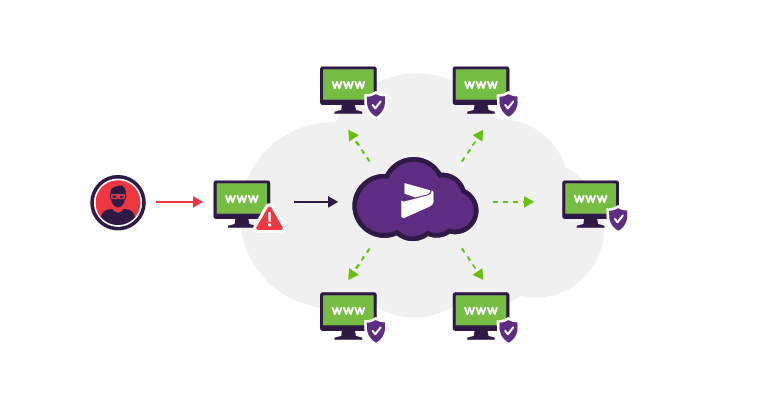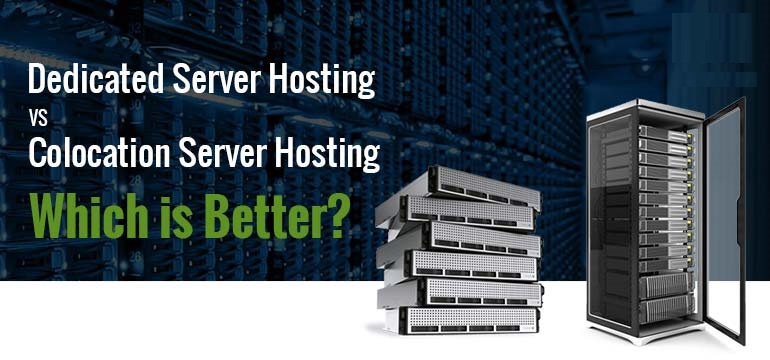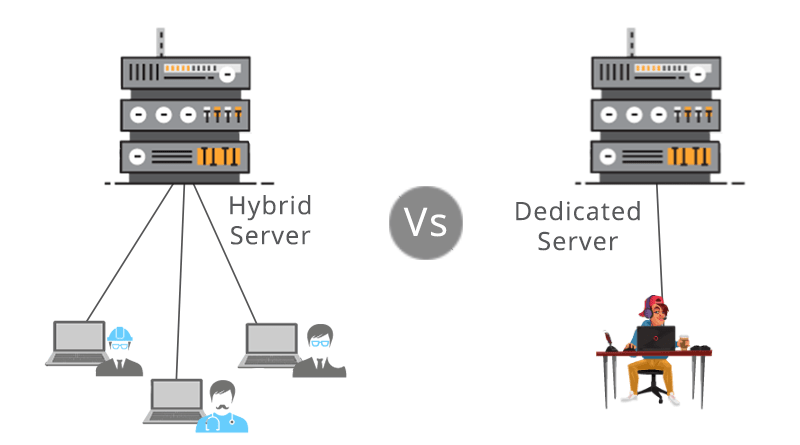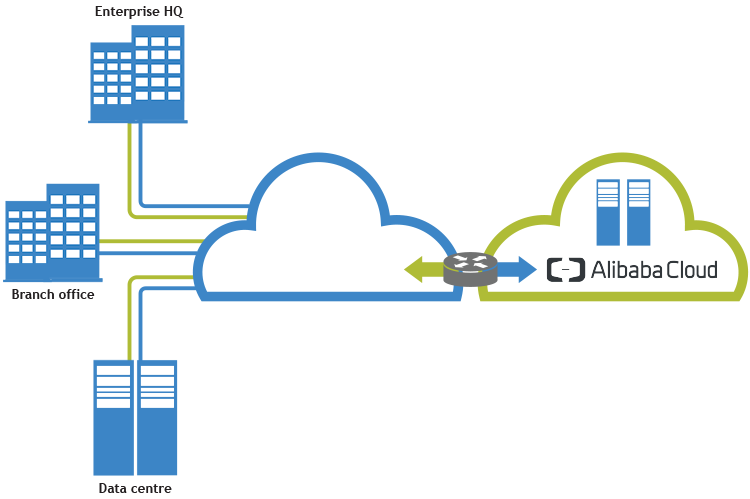Cloud adoption is gaining traction with more and more organizations moving their workloads to cloud environment for greater agility and scalability. However, the speed of cloud migration appears to have been impacted with only one in five global enterprises migrating to cloud. This can be attributed to a number of factors but the most notable Read more>>







 Live Chat
Live Chat
